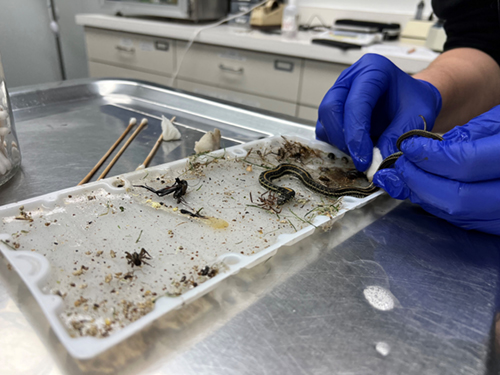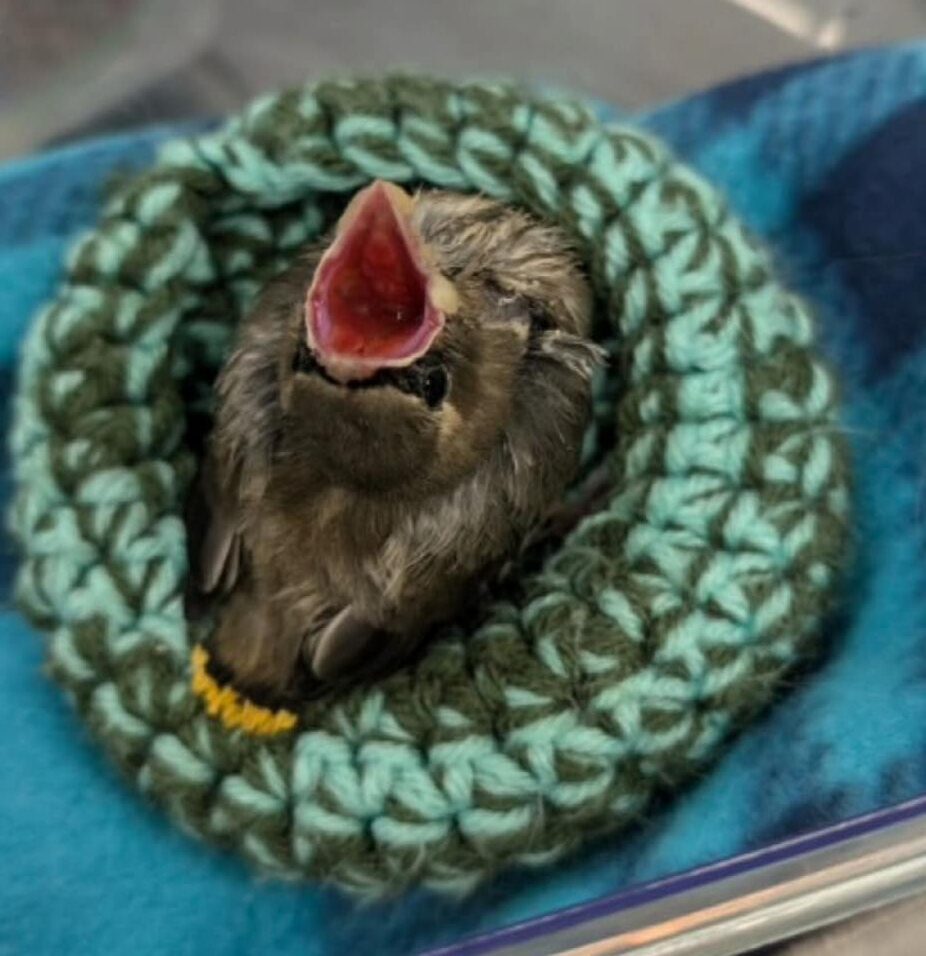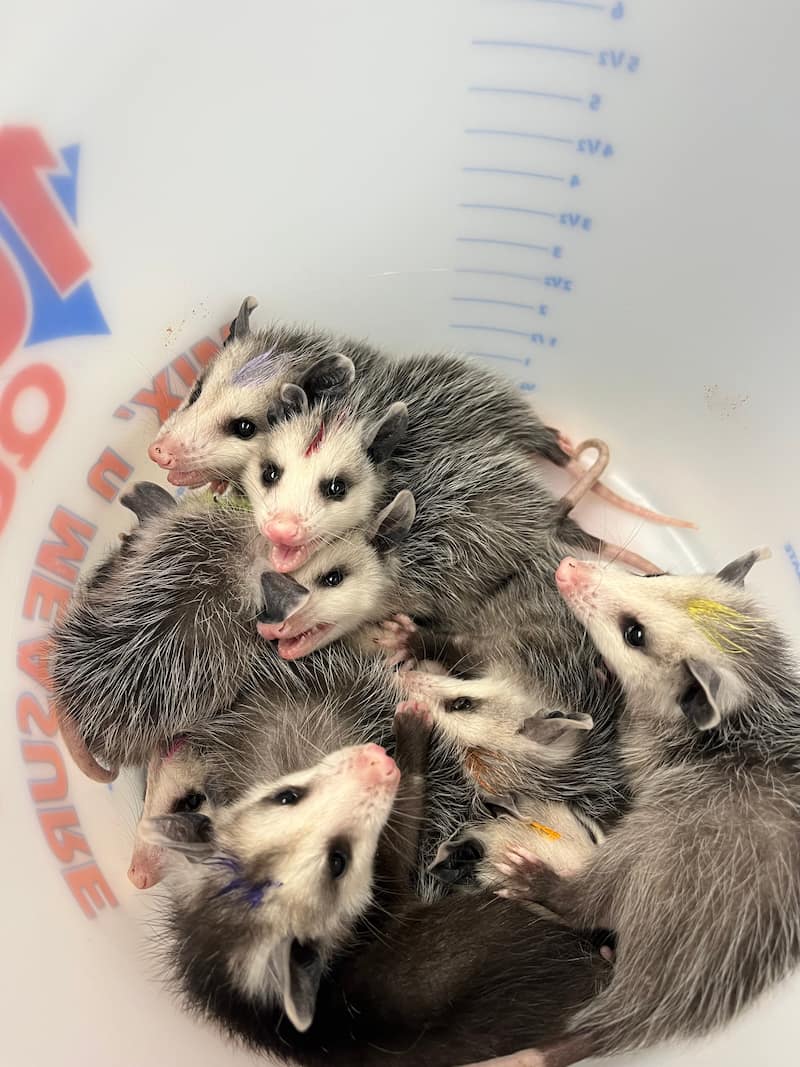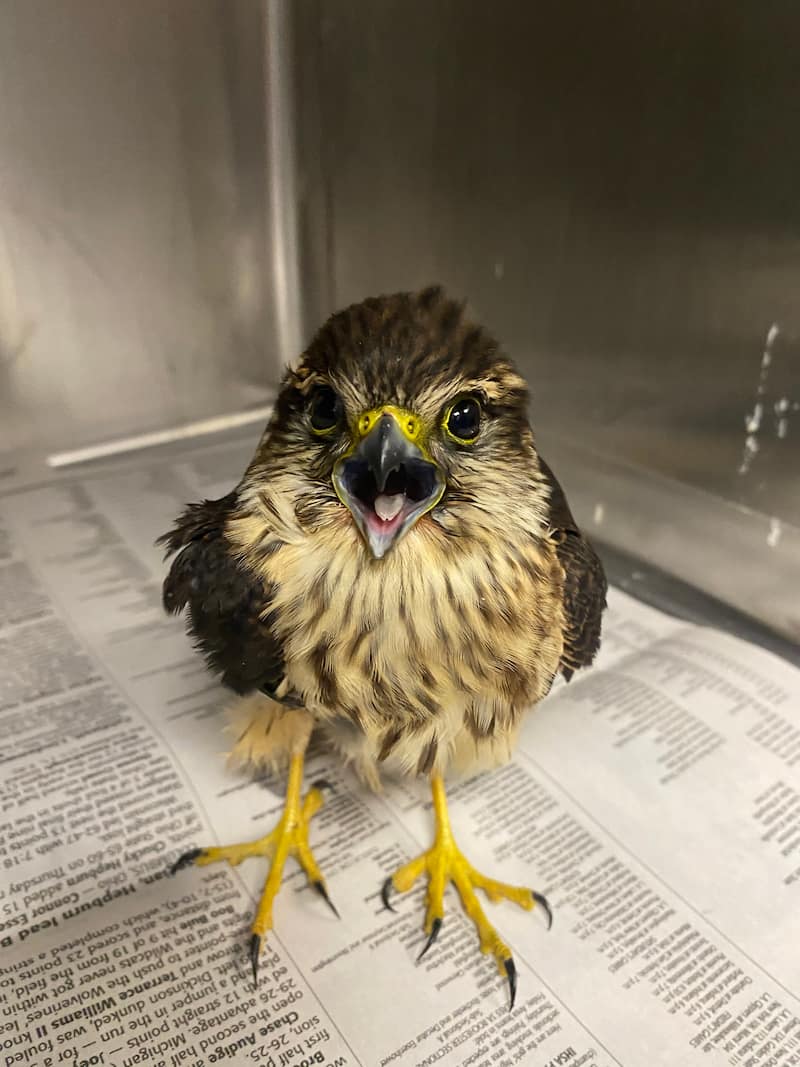Have you ever been walking along on a sunny day in the spring, going to visit your family, perhaps, when suddenly, you find yourself ankle deep in cement? Or quicksand? Maybe molasses? If you answered “yes” to any of these scenarios, then you will be able to empathize very well with what animals experience when they encounter a glue trap.
The Reality of Glue Traps
Glue traps are used to prevent animals such as rodents from entering unwanted areas. That is how they are advertised, at least. The reality behind glue traps is far from that simple, however. Glue traps are one of the most inhumane methods of pest control that currently exists, despite being commonly used. They frequently catch more than just rodents; any type of animal can get stuck in one, such as birds, reptiles, amphibians, invertebrates, and even cats if they’re small enough. Just this year, the Wildlife Medical Clinic received several animals stuck to glue traps. Most recently, it was two Common Garter snakes, and they were stuck on the same trap. Thankfully these snakes were brought to us before they experienced any significant state of decline and were eventually released, but many animals are not so lucky.
Most animals that are caught by these traps do not have a quick painless death. They can be trapped for several hours to several days before succumbing to dehydration, starvation, exhaustion, and exposure to the elements. If they are lucky enough to be rescued, many still have lengthy stays at rehabilitation centers due to injuries from trying to free themselves and may need time for feathers and fur to grow back and damaged scales to heal. Thankfully though, there are several effective and humane alternatives!
How we can Help

The best way to keep unwanted wildlife guests out of your home is to ensure that it’s locked up tight and is very uninviting (think, opposite of Goldilocks and the Three Bears). That means storing food in air tight, sealed containers, as well as making sure any cracks or holes leading in are sealed up, especially during the change of seasons. This applies beyond just mice and rats as well; this will ensure you do not have any LARGER guests, such as squirrels or even raccoons, finding your house just a little too inviting.
If you do ever have some unwanted visitors in your home, though, there are solutions to help them find their way out that avoid things like glue traps, or even having to use lethal force most of the time. Different scents, bright lights, and loud music are a few of the options. Basically, make your house unhospitable to your unwanted guests. Strong scents like peppermint will deter them from an area, so applying a few drops on some cotton balls and leaving them at potential entry points around your home (and out of reach of pets and small children!) is a great alternative. Snap traps are another way that you can prevent your home from becoming the new hotspot on the block for wildlife. Other methods such as rodenticides and moth balls are not recommended; rodenticides cause devastating damage to wildlife populations through the food web. Rodents ingest the toxin directly, then carnivores such as raptors, coyotes, foxes, and more, ingest the poison indirectly after they consume what they think is an easy meal, aka, the carcass of a rodent who ate rodenticide. Moth balls are carcinogenic and should not be left out for anyone to be exposed to, humans included!
So, this spring, in the spirit of new life and warmer weather, opt out of the old methods of keeping furry friends out of your house. This is one of the single instances in life where you are ENCOURAGED to be a bad neighbor (play loud music, keep bright lights on, have noxious smells around your home) in order to keep yourself, your family, and also wildlife, safe and free, especially from glue. Happy Spring!
This article was written by third year student Macy (class of 2025)




